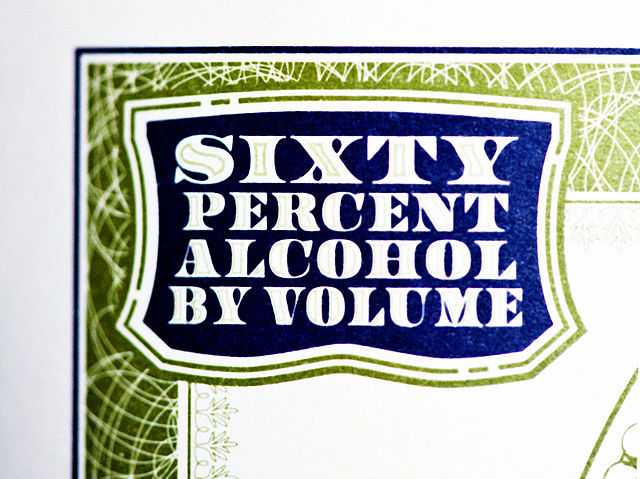
Alcohol by volume
Measure of how much alcohol is in a beverage / From Wikipedia, the free encyclopedia
Dear Wikiwand AI, let's keep it short by simply answering these key questions:
Can you list the top facts and stats about ABV?
Summarize this article for a 10 year old
Alcohol by volume (abbreviated as alc/vol) is a standard measure of how much alcohol (ethanol) is contained in a given volume of an alcoholic beverage (expressed as a volume percent).[1][2][3] It is defined as the number of millilitres (mL) of pure ethanol present in 100 mL (3.5 imp fl oz; 3.4 US fl oz) of solution at 20 °C (68 °F). The number of millilitres of pure ethanol is the mass of the ethanol divided by its density at 20 °C (68 °F), which is 0.78945 g/mL (0.82353 oz/US fl oz; 0.79122 oz/imp fl oz; 0.45633 oz/cu in).[4] The alc/vol standard is used worldwide. The International Organization of Legal Metrology has tables of density of water–ethanol mixtures at different concentrations and temperatures.

In some countries, e.g. France, alcohol by volume is often referred to as degrees Gay-Lussac (after the French chemist Joseph Louis Gay-Lussac),[5] although there is a slight difference since the Gay-Lussac convention uses the International Standard Atmosphere value for temperature, 15 °C (59 °F).